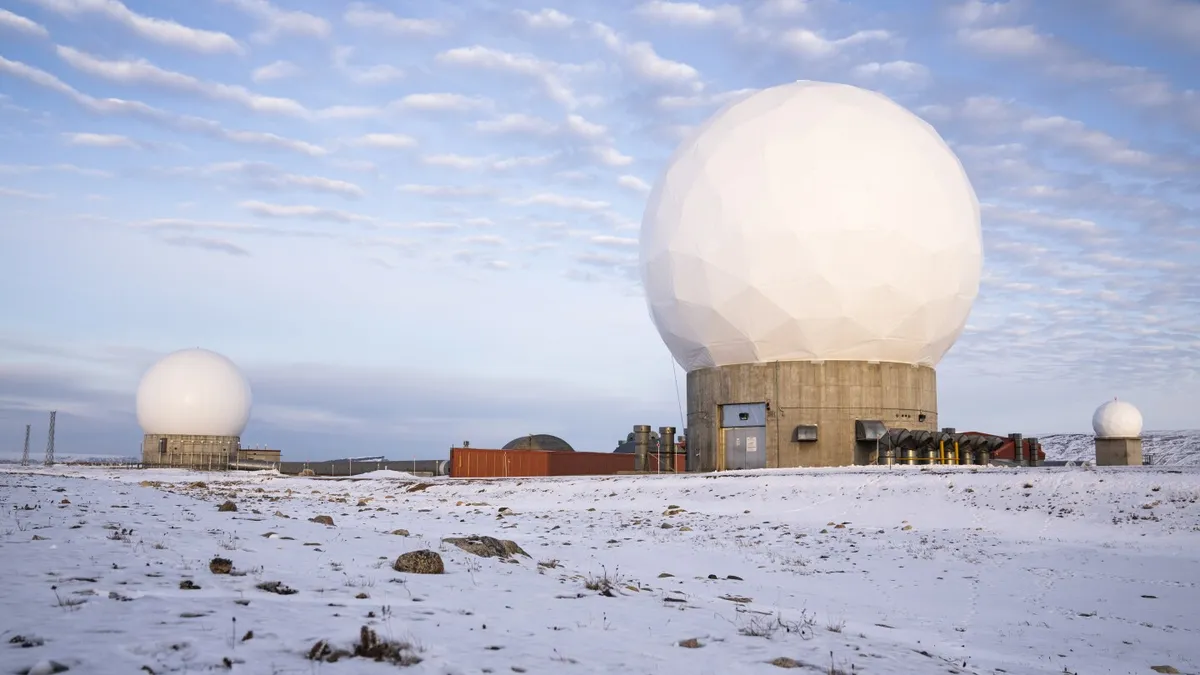
Located in the remote wilderness of northwestern Greenland, Pituffik Space Base stands as a key installation for the U.S. Department of Defense. This strategic base is not only the northernmost military facility for the United States but also plays a vital role in supporting missile warning, missile defense, and space surveillance operations for both the U.S. and NATO. On Friday, Vice President JD Vance is set to visit this important base, highlighting its significance in contemporary military operations.
Established as a result of a defense agreement between Denmark and the United States in 1951, the Pituffik Space Base was previously known as the Thule Air Base. In 2023, it was renamed to honor the cultural heritage of Greenland and to acknowledge its evolving role within the newly formed U.S. Space Force. This change reflects not only a shift in military strategy but also a commitment to recognizing the local culture.
The base is strategically located on the northwestern coast of Greenland, approximately 1,200 kilometers (750 miles) north of the Arctic Circle and 1,524 kilometers (947 miles) south of the North Pole. It lies about 1,500 kilometers (930 miles) north of Greenland’s capital, Nuuk, making it a critical point of operation in the Arctic region. The nearest town, Qaanaaq, is situated around 120 kilometers (75 miles) to the northwest, underscoring the base's isolation and the unique challenges associated with operating in such a remote location.
Pituffik Space Base is remarkable for its environmental conditions. The installation is enveloped in ice for nine months each year, yet its airfield remains operational year-round. From November to February, the base experiences constant darkness, while from May to August, it is bathed in continuous daylight. These extreme conditions pose significant challenges for operations, but they also highlight the resilience and capabilities of the military personnel stationed there.
Operated by the 821st Space Base Group, Pituffik Space Base also boasts the title of home to the world’s northernmost deepwater seaport. This unique feature enhances its logistical capabilities, allowing for the transport of supplies and personnel even in the harshest conditions. The base's infrastructure is designed to support a wide range of military operations, ensuring that it remains a vital asset for U.S. and NATO forces in the Arctic region.
As Vice President JD Vance visits the Pituffik Space Base, the world is reminded of the strategic importance of this remote installation. With its rich history, challenging environment, and critical role in missile defense and space operations, Pituffik serves as a key element in the U.S. military's Arctic strategy, reflecting both a commitment to national security and an appreciation of Greenlandic cultural heritage.